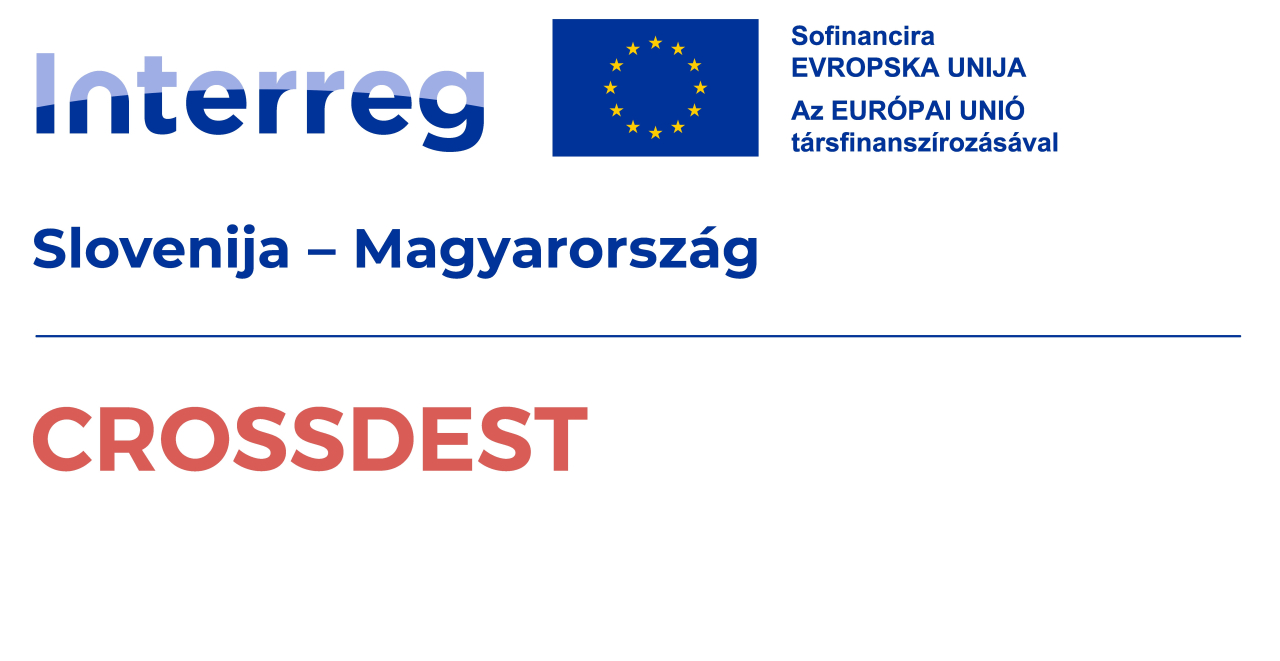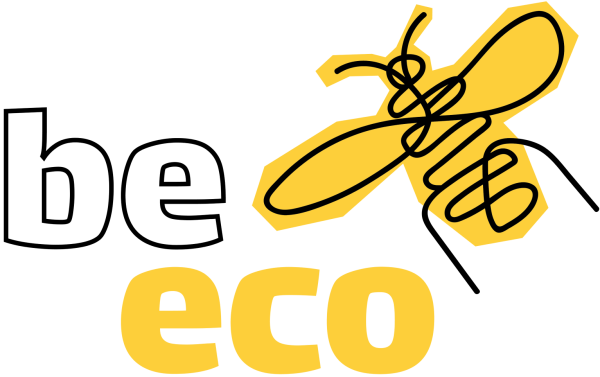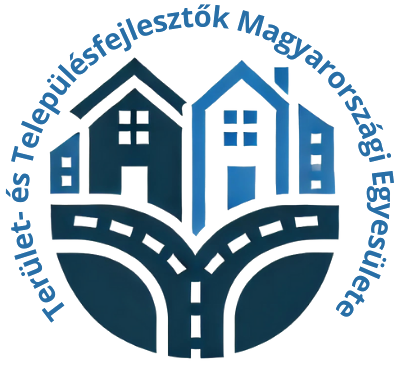-

Photo: HVG.hu -

-





Farcád
Farcád (in Romanian Fărcașa) is a small Székely village located in the western part of Harghita County, near Odorheiu Secuiesc, in the picturesque Nyikó Creek valley. Administratively, it belongs to the commune of Farkaslaka and is one of its oldest settlements. The village's name was first mentioned in the Middle Ages, and according to tradition, it once functioned as an independent community, but today it is an integral part of Farkaslaka. The village offers a peaceful environment surrounded by hills, ideal for those seeking to escape the noise of the city, enjoy nature, and embrace a slower pace of life. The structure of the village still preserves the traditional Székely village image: narrow streets, carved gates, old homesteads, and stone crosses. The residents primarily make their living from agriculture and animal husbandry, with many small family farms, beekeeping operations, and homemade cheese and jam producers. One of Farcád's local landmarks is the Roman Catholic church, which, despite its smaller size, plays an important role in the community and comes alive during celebrations. The surrounding hills and forests offer excellent opportunities for hiking, birdwatching, and nature photography – the quiet charm of the area is particularly appealing to nature enthusiasts and eco-tourism lovers. The village is accessible via Farkaslaka, turning off the 13A main road. Its proximity to Corund, Praid, and Odorheiu Secuiesc allows visitors to enjoy both the tranquillity of rural life and the attractions of the surrounding area. Farcád is perfect for those who wish to discover the authentic Székely Land – not through brochures, but by experiencing the everyday life of a truly living, traditional community.
Arrival
- Walk
- Horseback
- Bike
- Electric bicycle
- Bus (rented for the trip)
- Motorcycle
- Car
Sights, programs
Public transport
- bus
Parking information
- Free outdoor parking available
Sustainability level
Topic 1: Destination Management 56%
- Visitor management: 80%
- Commitment and organization: 0%
- Design & development: 50%
- Monitoring and reporting: 50%
- Legal and ethical compliance: 100%
Topic 2: Nature and landscape 80%
- Nature and wildlife protection: 100%
- Nature and conservation: 60%
Topic 3: Environment and climate 35%
- Land use and pollution: 67%
- Water management: 40%
- Energy, sustainable mobility and climate change: 0%
- Adaptation to climate change: 50%
- Waste and recycling: 20%
Topic 4: Culture and traditions 88%
- Cultural heritage: 100%
- People and traditions: 75%
Topic 5: Social Welfare 45%
- Health and safety: 100%
- Local economy: 30%
- Socio-economic impacts: 0%
- Community participation: 25%
- Human dignity: 71%
Topic 6: Business and Communication 61%
- Business participation: 22%
- Information and marketing: 100%






